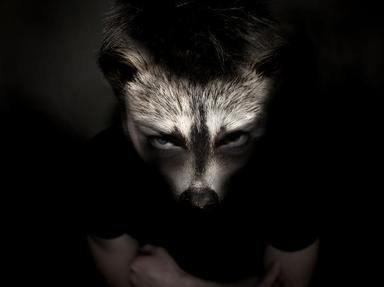
Who's Who: Joburg Zoo Trivia Quiz
I live near the St. Louis Zoo and enjoy frequent trips to see the animals. Many of them are given names, and so are the animals at the Joburg Zoo. See if you can match their name with the description or interesting fact.
A matching quiz
by ponycargirl.
Estimated time: 4 mins.